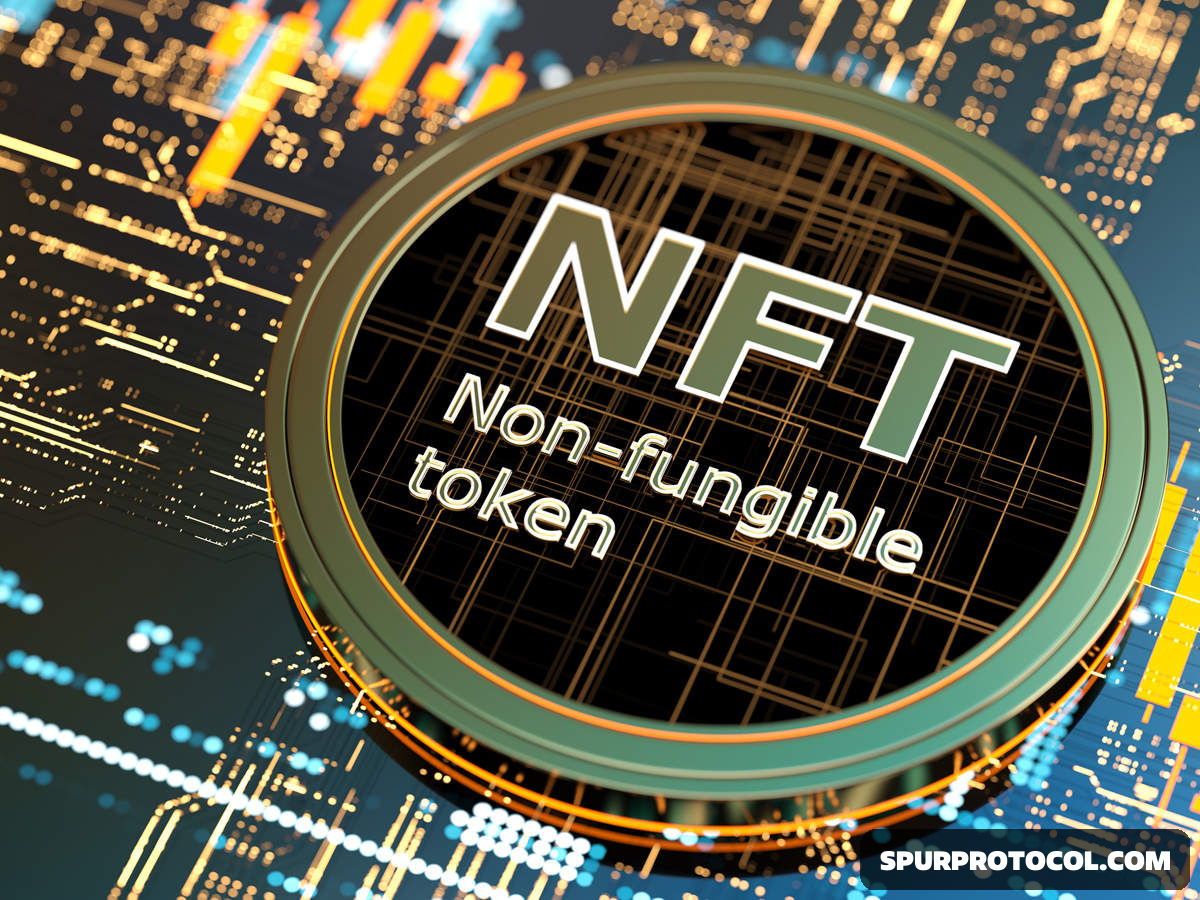What Are NFTs, And How Do They Work?
NFTs (Non-Fungible Tokens) are unique digital assets stored on a blockchain, representing ownership of something distinct — like art, music, videos, virtual real estate, collectibles, and more.
Go Back

🕒 8:09 AM
📅 Apr 18, 2025
✍️ By Sunil176
What Makes NFTs Special?
1. Non-Fungible:
Each NFT is one of a kind or part of a limited set, unlike cryptocurrencies which are interchangeable.
2.Verifiable Ownership:
Ownership and transaction history are recorded on a public blockchain (like Ethereum).
3.Digital Scarcity:
NFTs can prove the rarity and authenticity of a digital item.
How Do NFTs Work?
1. Creation (Minting):
1. An NFT is created through a smart contract on a blockchain like Ethereum, Solana, or Polygon.
2. It gets a unique ID and metadata (like image, name, description, traits, etc.).
3. This process is called minting.
2. Storage:
The NFT itself lives on the blockchain, but media files (like images) are often stored off-chain (e.g., IPFS) and linked via a URI.
3. Ownership:
1. When someone buys an NFT, the smart contract transfers it to their wallet.
2. You can see who owns it, when it was transferred, and what price it sold for — all publicly.
4. Marketplaces:
NFTs are bought/sold/traded on platforms like OpenSea, Blur, Magic Eden, and Rarible.
Example Use Cases:
1. Art (e.g., Beeple's $69M digital piece)
2. Music (exclusive tracks or albums)
3.Gaming (in-game items or avatars)
4. Membership (access to clubs/events)
5. Virtual Real Estate (in metaverses)
6. Collectibles (trading cards, memes, etc.)
